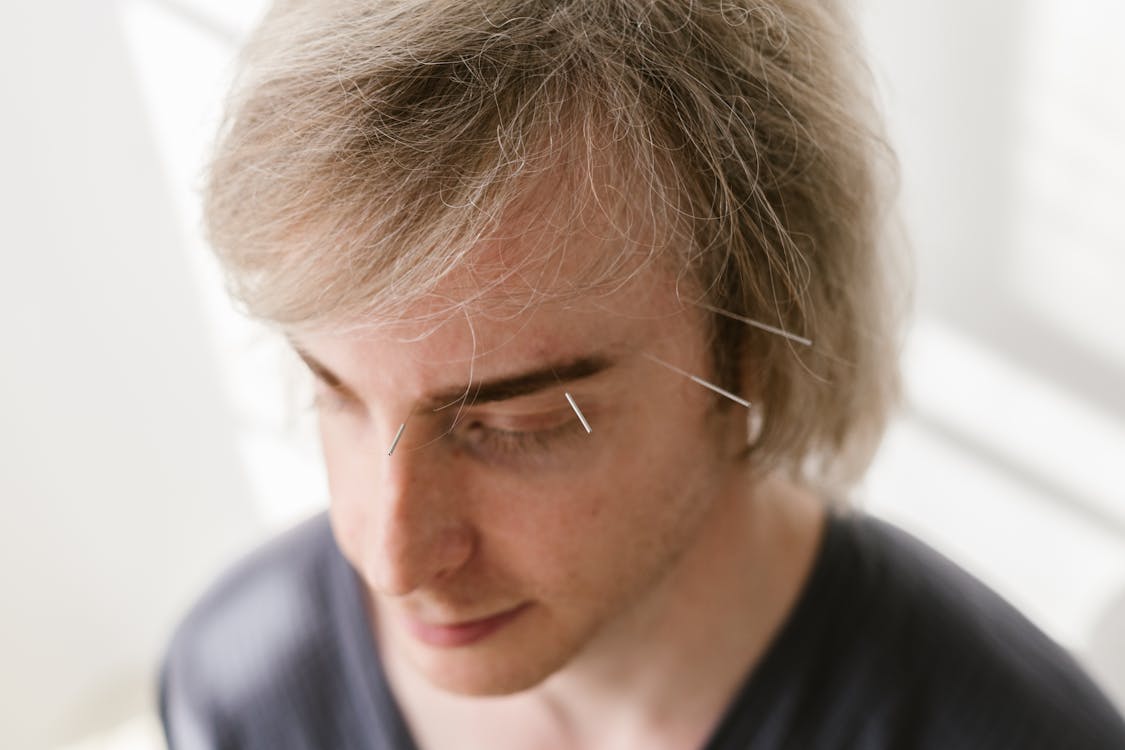Acupuncture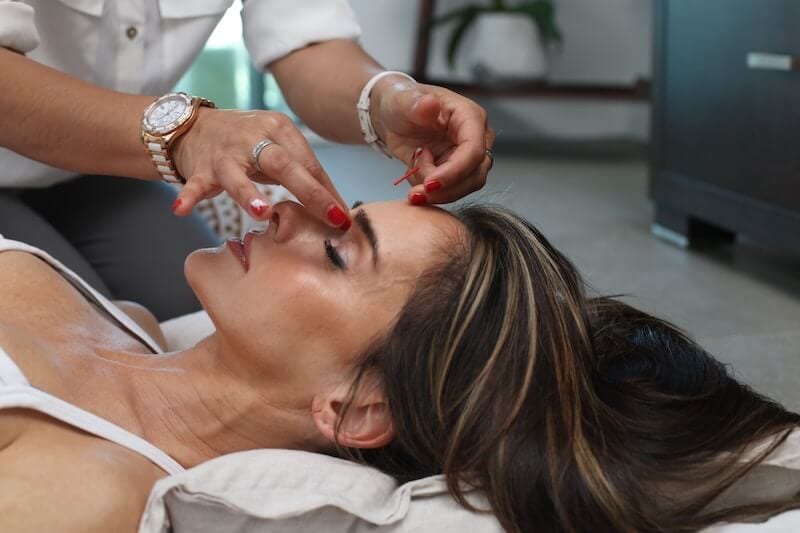 is one of the cornerstones of Traditional Chinese Medicine (TCM). Practiced for over 5000 years it also provides a holistic approach to health and wellbeing. Acupuncture treats the root cause of a wide variety of health conditions through the application of pressure to a series of key acupuncture spots and points throughout your body and hands to help clear your energy. In more recent years acupuncture has proven an effective complement to western medicine and more modern health techniques.
is one of the cornerstones of Traditional Chinese Medicine (TCM). Practiced for over 5000 years it also provides a holistic approach to health and wellbeing. Acupuncture treats the root cause of a wide variety of health conditions through the application of pressure to a series of key acupuncture spots and points throughout your body and hands to help clear your energy. In more recent years acupuncture has proven an effective complement to western medicine and more modern health techniques.
Personally, I think acupuncture is an absolute game-changer. Most notably, it helps me with migraines, stress, and digestive issues. After each session, I feel a bit tired, but by the following day I feel incredible. Like the fog of the past week has been lifted. If you’re thinking – “Should I look for an acupuncturist near me?” – the answer may lie here. If you’d like to learn more about the acupuncture points in your hands and body, read on!
Acupuncture Points: The concept of Qi
Traditional Chinese Medicine believes that ‘Qi’ flows through the body along specific meridian lines creating a framework for insertion of fine acupuncture needles. These needles stimulate different acupuncture spots on the body and can access, restore and correct the flow of Qi.
If you are wondering what acupuncture points are and how they work, they’re points which are 15 to 20 micrometers in size that are rich in connections to the rest of your body.
Studies have shown that the position of Qi-based meridians and acupoints across the human body is based on exact science. Most acupuncture practitioners will have a diagram that maps these meridians and acupoints in their clinic.
If you’re curious, next time you book an acupuncture appointment with your acupuncture therapist or acupuncturist when your session begins, ask them whether any of the following acupuncture spots are suitable for the treatment of your condition:
10 Acupuncture Points and how they can Help you
1. Headaches and Anxiety
Through the Third Eye Point located between your eyebrows you can help soothe your head. When you have a headache, you may even press this point without realizing it. This means you’ve likely been practicing acupuncture all your life without even knowing it! This acupuncture point has also been useful in managing the symptoms of both chronic fatigue and depression.
2. Headaches, Migraines, and Eye Fatigue
Located at the outer corners of both eyes, the Tong Zi Liao Points are another pair of points you’ve likely rubbed before while stressed. These points have also been useful in the treatment of a variety of eye problems.
3. Headaches, Migraines, and Dizziness
The Gates of Consciousness Points are a twin pair of points that help soothe your headaches. These two acupuncture spots are located at the rear, upper portion of our necks, just below the skull and right inside a regular hairline. They also release our bodies natural healing and comforting endorphins, making them especially important.
4. Sore Throats and Chronic Nosebleeds
Located just below the Gates, the Wind Mansion Point is right in the hollow below the skull. The point also may help in the treatments of conditions such as the common cold, flu, and fever. These points are also effective in reducing our blood pressure.
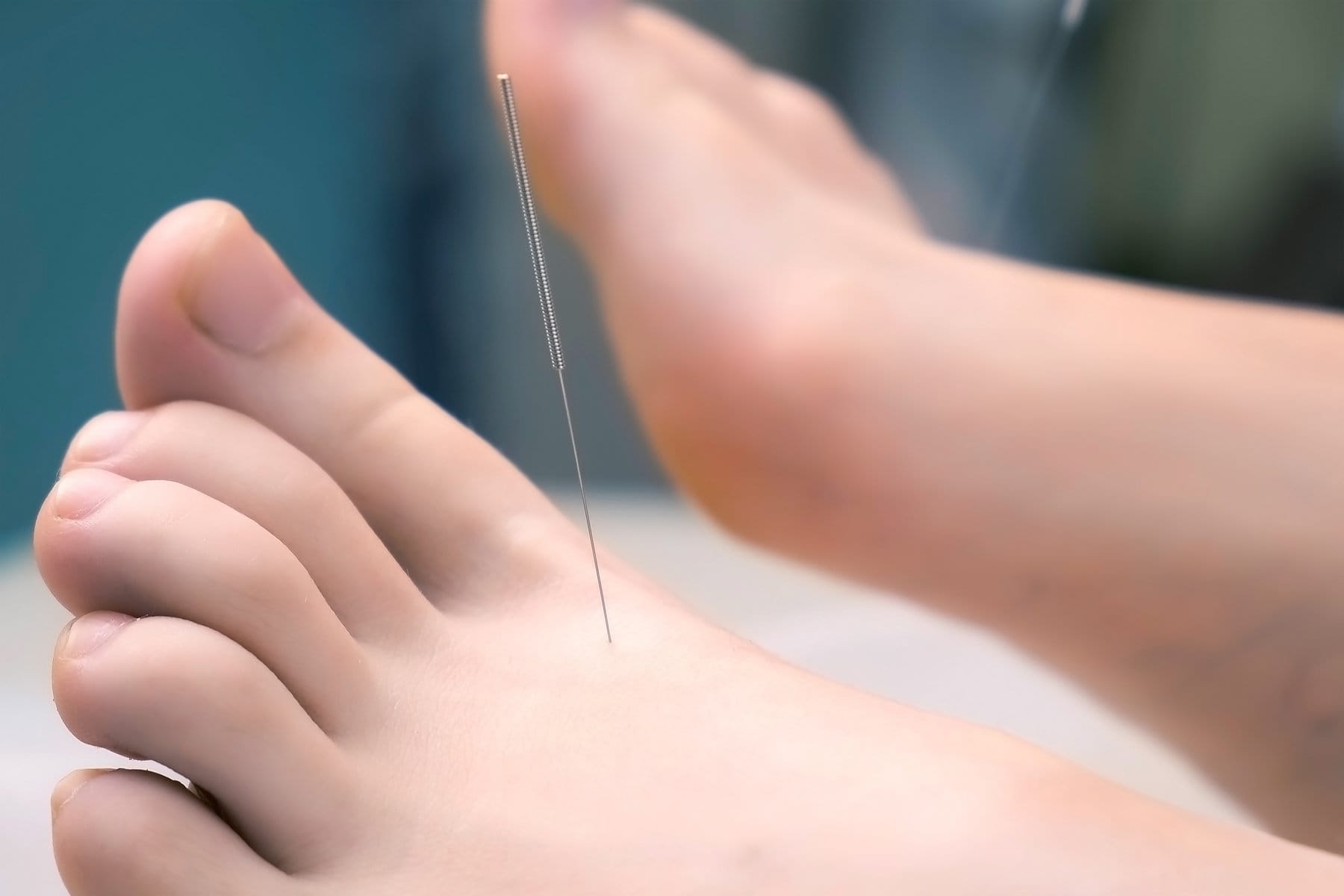
5. Lower Leg and Foot Cramps
The Big Rushing Points are located on our feet being just about 4 cm behind the center points between our big and second toes. This acupuncture can help with related muscle strains. Surprisingly, you can also treat chest pain, headaches, and even eye disorders through this point.
6. Neck Pain, Aching Shoulders, and Toothache
Surprising for its uses, the Joining the Valley Points are a pair of hand acupuncture points. Located just between our thumbs and forefingers, only a quarter-inch from the edge. It also helps treat overall pain relief and inflammatory diseases.
7. Shoulder and Back Pain
Moving just a bit further up from hand acupuncture points are the Kunlun Mountains Points are located in the very tender and sensitive area between our ankle bone and Achilles Tendon. Its also proven to help with hormonal and immune disorders.
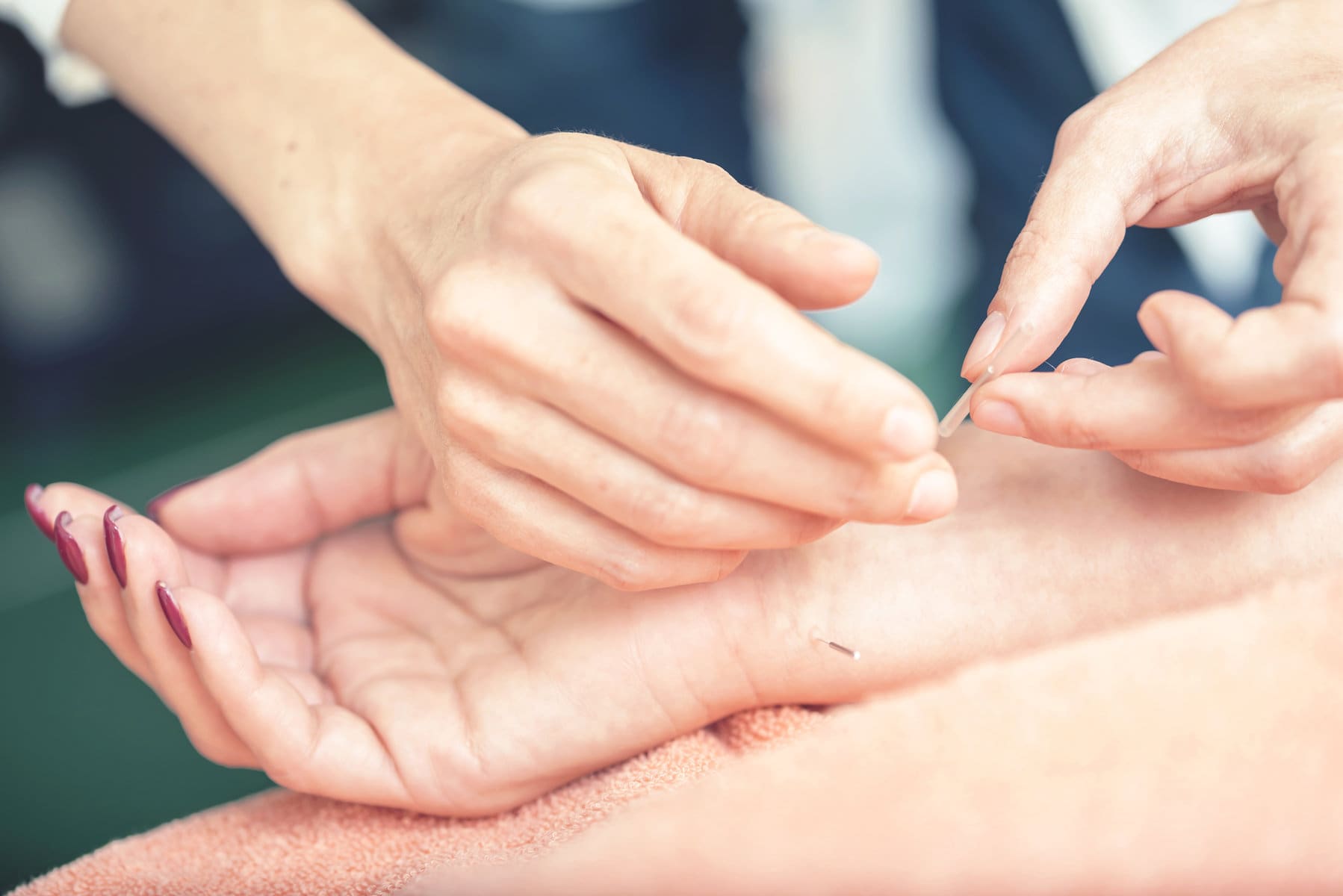
8. Asthma, Sore Throat, and Wrist Conditions
The Pericardium Points are located on the inner forearm only about three fingers from the wrist and between the two tendons there. It is also useful when treating heart conditions like heart palpitations and angina pectoris.
9. Digestive Disorders
The Three Miles Points are located only 4 cm below our knee caps. These acupuncture points can also help in the treatment of anemia, immune deficiencies, fatigue, and numerous diseases.
10. Back and Leg Pain
Closing out our list, we have the He-Sea Points which are located behind your knees. The treatment of these points have also been used in a variety of conditions and ailments such as muscular atrophy, hip impairment, and abdominal pain, among many others.
Alternative Acupuncture Methods
While you may have some understanding of what acupuncture points are and how they can impact your health and wellbeing, it is also important that you know of the different methods and treatments that can make use of the acupuncture points covered above. Acupuncture, contrary to popular belief, is not one type of treatment but rather an umbrella term which branches out into many different methods. The primary treatments that use acupuncture spots are:
Traditional Chinese Medicine (TCM)
The most commonly used acupuncture treatment in contemporary medicine, it focuses on the 12 primary meridians, 8 extraordinary meridians and about 400 other points within the body. There are other cultural forms of acupuncture as well with the Korean one using more needles while the Japanese one relies on fewer.
Moxibustion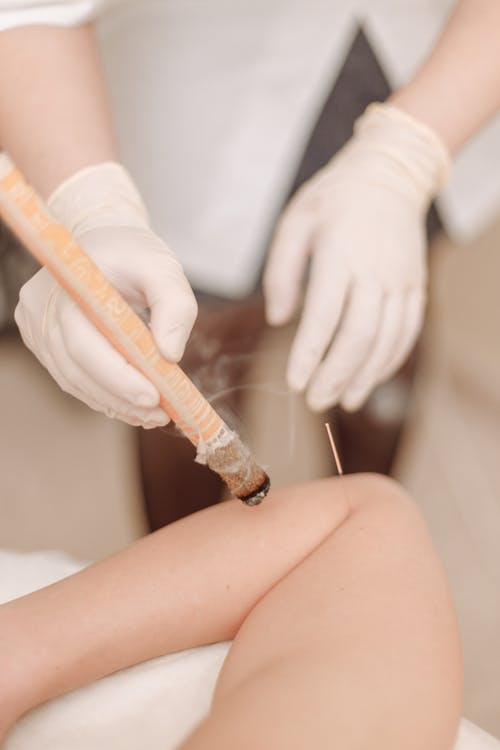
Another form of Traditional Chinese Medicine Moxibustion involves the burning of dried mugwort leaves over your acupuncture points to apply heat. This method helps your body to detangle your energy and improve the flow of Qi throughout the body. Often practiced alongside traditional acupuncture, moxibustion is also to thank for that iconic smell often associated with Traditional Chinese Medicine.
Korean Hand Acupuncture
Korean Hand Acupuncture is based on the belief that the hand mirrors the entire body and has points connected to each part. The acupuncturist identifies disease by noticing discoloration of the hand acupuncture points or their responses to applied pressure. Through stimulating these points through needles or pressure Korean Hand Acupuncture can help bring relief to the related body part.
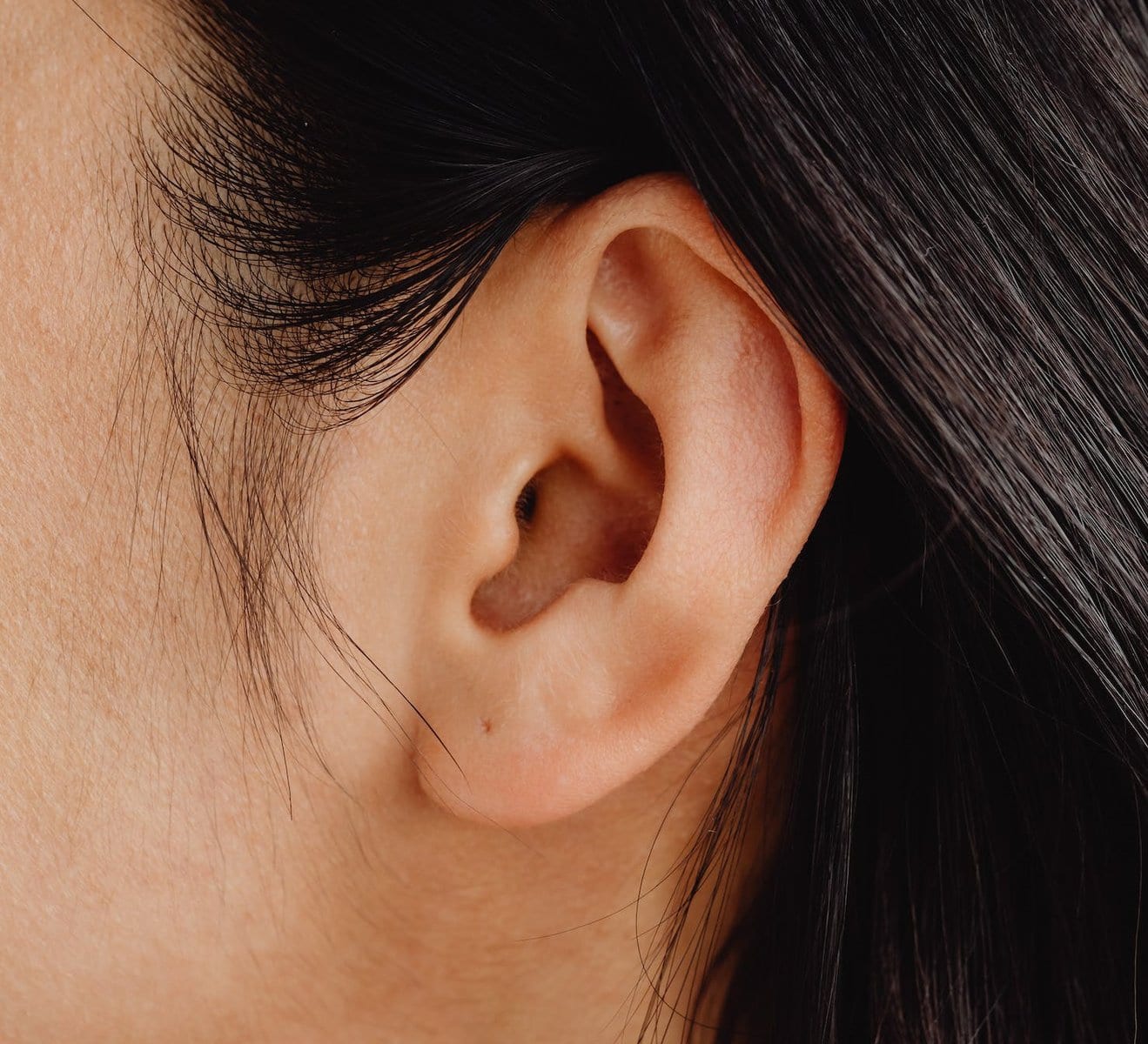 Auricular Acupuncture
Auricular Acupuncture
Developed by a French doctor after noticing that the shape of a human ear closely resembles an upside down fetus. This form of acupuncture is based on manipulating pressure points on or around the ear to have a beneficial effect on related parts of the body.
Medical Acupuncture
This is a relatively new field that blends modern medicine with the ancient practice of acupuncture. This new form of modern acupuncture is best described as acupuncture administered by a qualified medical professional who has undergone training in acupuncture to augment their practice.
Dry Needling
This form is practiced by physiotherapists who use it to deal with injuries and to help aid recoveries. Needles are inserted into certain trigger points i.e., tender spots in affected muscles that hurt when pressed against. Thus, the needles are inserted directly into sore spots on the body rather than into acupuncture points. As a result, this is not an exact form of acupuncture in practice, even if it appears visually similar in form.
Other Methods
However, these are not the only methods. There are a number of new and emerging techniques that can also be applied to your acupuncture points. These can include:
- Discharging a weak electrical current while the needles are inserted, known as Electroacupuncture
- The usage of a weak non-thermal laser in place of the needle for Laser Acupuncture
- Use of fingers to apply pressure instead of needles, a technique known as Acupressure
Finding the Best Acupuncturist Near You
How you’ll after an acupuncture session will depend on your own response. Remember that responses will vary from person to person. While some might feel energized after a session, others might experience fatigue. In some cases, your symptoms might even worsen before major improvements can be felt. The number of sessions and treatments will ultimately depend on your own condition. Most likely though, you’ll only need a few sessions before experiencing a return to your natural state of health and wellbeing.
All Aussie acupuncturists are held to strict standards and must clear a series of academic requirements by the Australian Acupuncture and Chinese Medicine Association (AACMA). To make sure you’re choosing the best practitioner, choose Avaana to help you find a professional near you and enjoy up to %15 off your first acupuncture booking.

